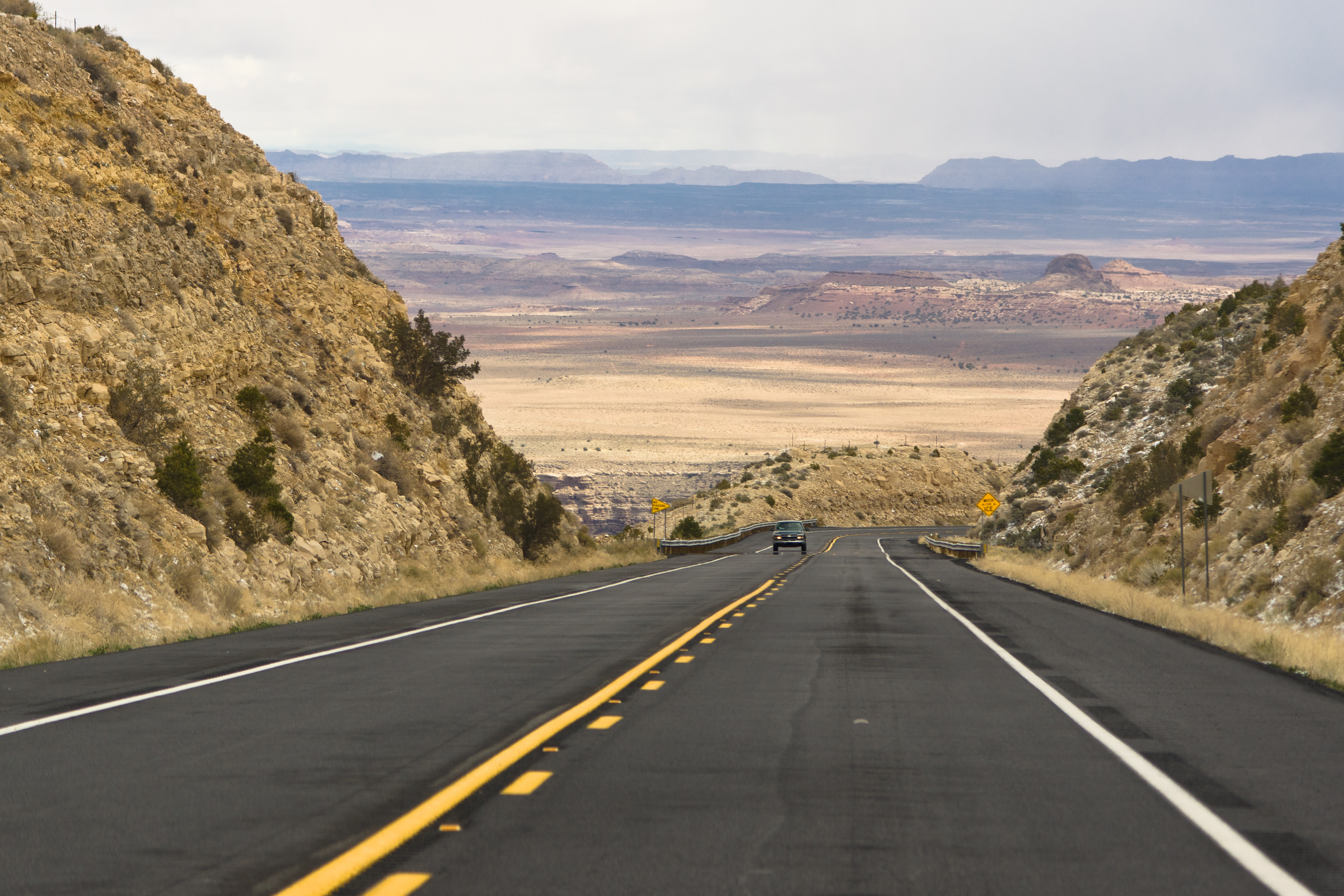During rush hour on August 1, 2007, the Interstate 35-W bridge in Minneapolis, Minnesota suddenly collapsed, sending 111 vehicles plunging into the Mississippi River below. 13 people died and 145 were injured in the catastrophe. Although disasters like this are fairly uncommon, infrastructure failures occur with alarming frequency across the country. Just last May, a bridge on Interstate 5 near Seattle, Washington buckled when it was grazed by an overloaded tractor-trailer, and two cars fell into the river. Urban roads across the country built decades ago now carry five to ten times the amount of traffic engineers anticipated, and constant emergency repairs are required to keep conditions tolerable. Water and gas lines that date back to the early 20th century are constantly failing: A water main break in Los Angeles gushed drinking water into the street for over three hours — at its peak it spewed 9,600 gallons of drinking water per minute. The signs are everywhere: America’s infrastructure is crumbling, and we have to do something about it.
Each year, the American Society of Civil Engineers releases a report card on the nation’s infrastructure. In 2013, it announced a rating of D+. Almost every individual measure, dealing with areas such as aviation, dams, and public transportation, received a similarly dismal grade; solid waste was the one exception with a decent B-. The ASCE also estimated that $3.6 trillion in investment is needed by 2020, a pipe dream in today’s political climate, where any sort of government spending and the taxation to pay for it is anathema to the Republican Party. Declining infrastructure, according to some estimates, could cost the economy 876,000 jobs and suppress GDP growth by billions of dollars. The costs of inaction are clear, yet there has been little movement in Washington.
The Highway Trust Fund, which dates to interstate construction in the 1950s, helps fund most of the country’s highway and transit investments. It is financed by an 18.4 cent excise tax on gas and other fuels, which hasn’t been raised in 20 years. Because of inflation, the fund’s purchasing power is only about 62 percent of what it once was. Although it raises $39 billion a year, annual shortfalls of close to $20 billion put it in danger of running out, although in July Congress managed to pass a temporary measure to save it. Public infrastructure spending, including on roads, as a share of GDP has declined to about half of European levels, even though the United States is far more car-dependent. State and local governments account for about 75 percent of infrastructure spending, but budgets cuts in the wake of the recession have put this source in doubt as well. Infrastructure spending generates jobs and aids the economy, yet the difficulty of securing financing has put many projects on hold.
There are many solutions available to help resolve the impasse. Raising the gas tax is a common idea, yet it is politically untenable. Other solutions include a variety of taxing schemes, but they encounter the same political difficulty as the normal gas tax. The American Association of State Highway and Transportation Officials has proposed instead a mileage-based driving fee, one cent/mile for cars and four for trucks, which could generate an astonishing $246.31 billion by 2020, which could fund the trust fund several times over and make a dent in the maintenance deficit, all the while leaving money left over for a more comprehensive infrastructure spending program. Although opponents cite privacy concerns, Oregon has successfully tested a non-GPS option. While some households would pay more, others would pay less, and the end of the gasoline tax, rendered unnecessary by the new funding measure, would lead to a decline in general fuel costs. In the end, the mileage-based fee is the option that most clearly connects use of the roads with paying for them.
Given Congress’s recent track-record, it’s unlikely that any solution will be agreed upon any time soon. Still, the states are pushing forward with mileage-based fees, and the federal government would do well to follow. Our infrastructure woes are enormous, and other countries have already outpaced us in transportation investment, building newer, larger airports and vast high-speed rail systems. People often tout the United States as the greatest country in the world, but our greatness is partly the result of our extensive investment in infrastructure during the Great Depression and after the Second World War. If the foundation of our country crumbles, then we surely will collapse as well.
